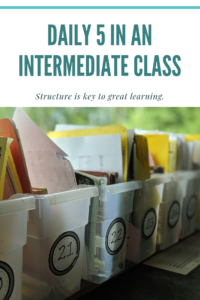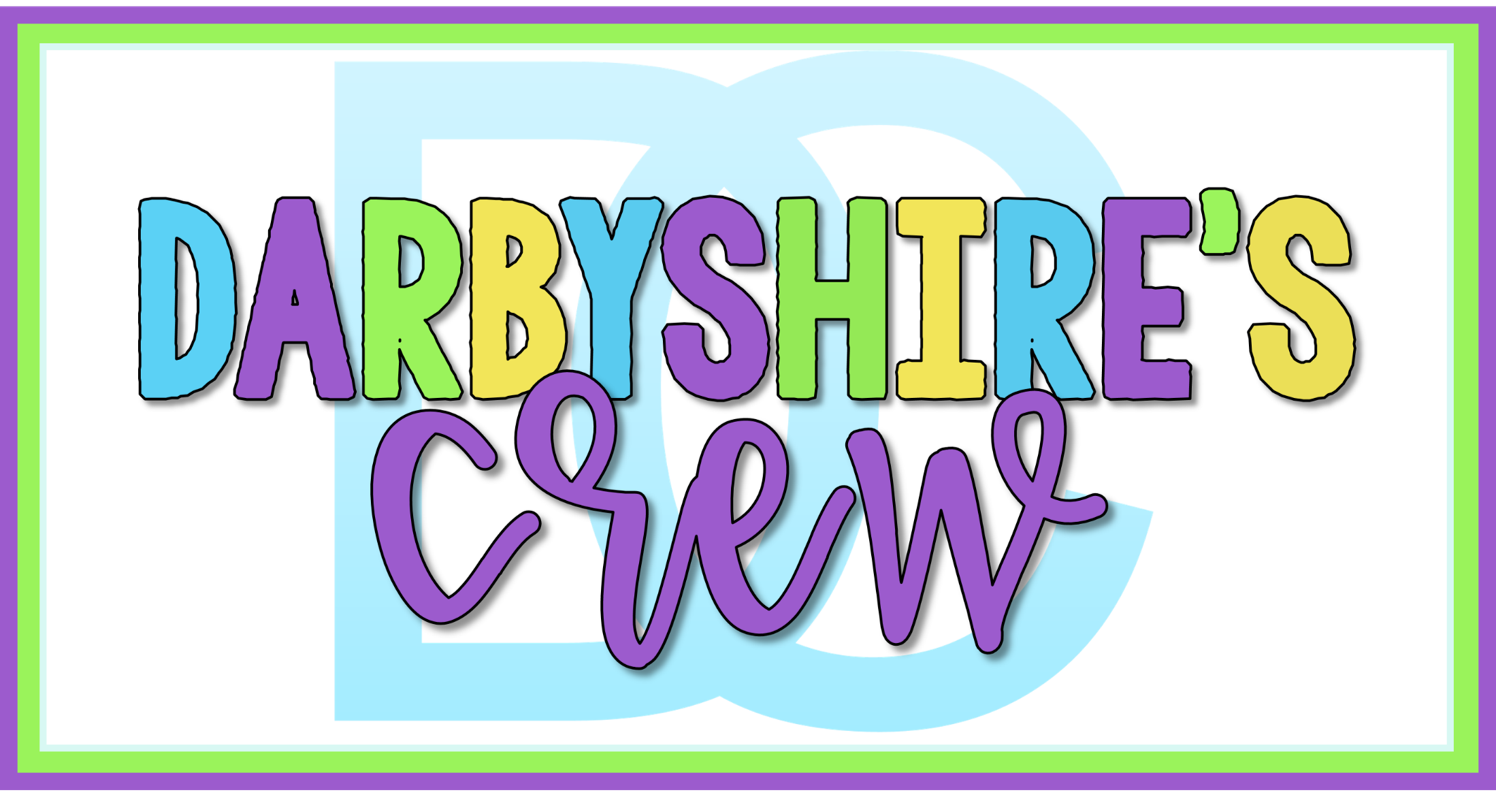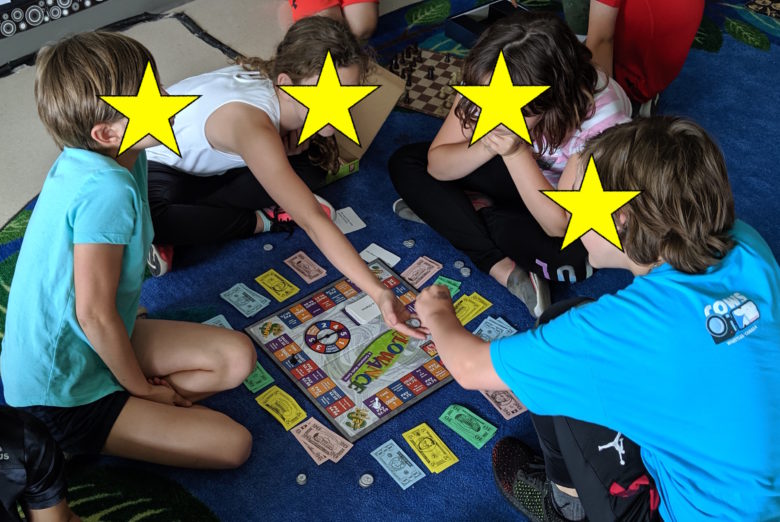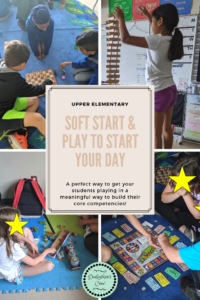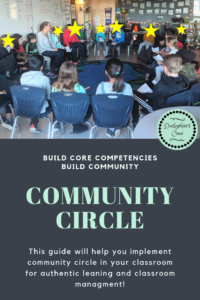At our beginning of school year Professional Development Day, we did an activity about starting the day with soft start. This movement is becoming more and more popular, and it is easy to see why. Kids should start their day like we do, slowly. Have a chance to wake up and get ready for their work day. But there is more to it that even that. Kids need to play!
The workshop that was put on was done by kindergarten and grade 1 teachers. These teachers are expert at centres and getting kids to play. But the more I was hearing about this, the more I wondered, “How do I get my grade 4s to play?”. Previously, I have taught Grade 6 and 7, and I was wondering the same thing then. Do these big kids still like to play? Then answer is a big fat YES!
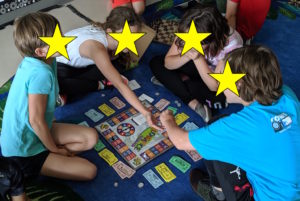 The next questions I asked myself last summer is what should I offer kids to do? I didn’t really have any ‘toys’ or centre activities, being an intermediate teacher. I started off the year with some base 10 blocks, some playdough I made, some unifix cubes, board games (chess, snakes and ladders, chinese checkers) and some colouring and sketch books. These worked fine at first, but our centres evolved as the year progressed. See this post about the soft start centres that worked for my intermediate class.
The next questions I asked myself last summer is what should I offer kids to do? I didn’t really have any ‘toys’ or centre activities, being an intermediate teacher. I started off the year with some base 10 blocks, some playdough I made, some unifix cubes, board games (chess, snakes and ladders, chinese checkers) and some colouring and sketch books. These worked fine at first, but our centres evolved as the year progressed. See this post about the soft start centres that worked for my intermediate class.
A big mistake
The biggest mistake that I made was giving kids the option to sit and chat. I made this decision because there were not a lot of options at first for our soft start morning. But what happened was many kids didn’t want to play, or viewed play as being something little kids do, not ‘grown up’ Grade 4s. They were too cool to play! So sitting and chatting what their favourite thing to do. In the end, soft start was evolving into an extra recess. There was nothing meaningful coming from it.
What came from the mistake
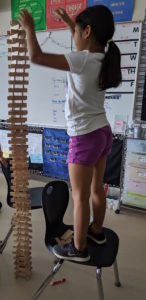 It was as if these kids needed to be reminded of what play is and they needed to be told why play is important. Play is so important to kids! Every adult knows this and there is so much research to back up the importance of play. But it felt this year, that many of my students didn’t know how to play! Part way through the year, I took soft start away because the behaviours were so extreme. Kids were loud, unfocused (fluttering from activity to activity), there were so many arguments!!!
It was as if these kids needed to be reminded of what play is and they needed to be told why play is important. Play is so important to kids! Every adult knows this and there is so much research to back up the importance of play. But it felt this year, that many of my students didn’t know how to play! Part way through the year, I took soft start away because the behaviours were so extreme. Kids were loud, unfocused (fluttering from activity to activity), there were so many arguments!!!
When soft start was reintroduced to the class, I spent a lot of time going over exactly what the expectations were and why we were doing soft start. These ‘big’ kids needed to know why we were doing it! It was NOT just for fun. In part of this discussion, we brainstormed what we were learning when we play. I put a list of all the choices and activities the kids were making during soft start. We linked all of these to skills they were learning and quickly realized these were all core competencies!
Soft Start and Core Competencies
When the British Columbia Ministry of Education published the new curriculum, they listed the core competencies that all children should be working on developing. These include:
- Communication
- Critical and Creative Thinking
- Personal Awareness and Personal & Social Responsibility.
The list of activities we made and the skills we were developing doing those skills were ALL core competencies. Whether it was imagining the things their stuffies would do together, critically thinking through the strategies of chess, discussing with our friend how best to build a tower out of Keva Blocks — each student was working on their Core Competencies.
Once we made this link to the Core Competencies and why play was important, the class improved their focus on their play. Students who were too cool for play were able to buy into the activities. After every session, we debriefed what core competencies they used that day, or sometimes we would set a goal before we started, such as “Today we are going to focus on perseverance even when things get hard”.
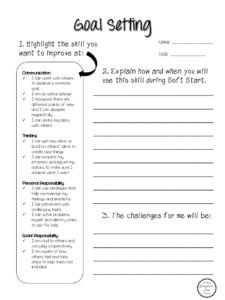
Students also completed a reflection on their growth of the core competencies every couple of weeks. This kept them accountable for this learning and behaviour during soft start. There ended up being two great outcomes to soft start. The students learned once again how great play can be, and how much they can learn through play.
For more information including worksheets and activities for developing these skills through play visit my TPT store.
Have you tried soft start in your classroom? It has become a key routine to my mornings along with Community Circle!
♥ Cassandra
PS Here are some other great routines to add to your day!
